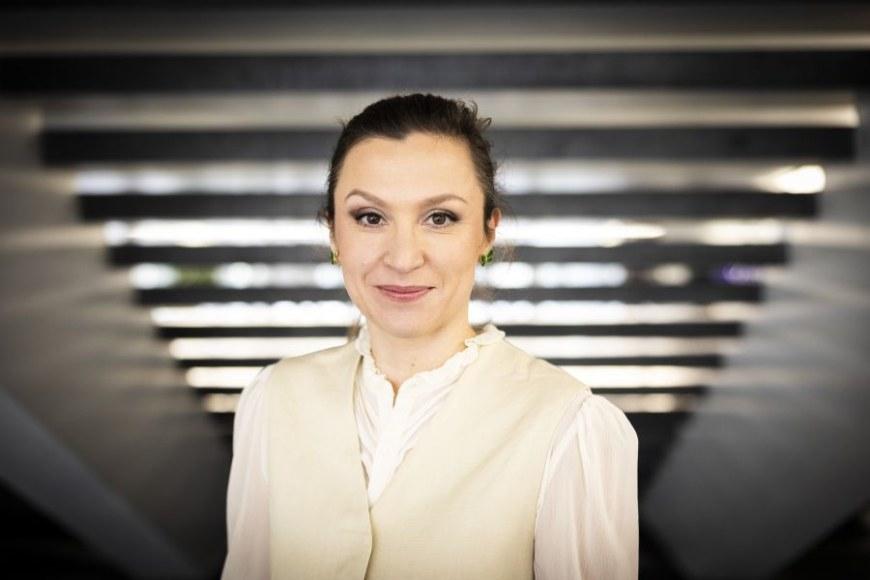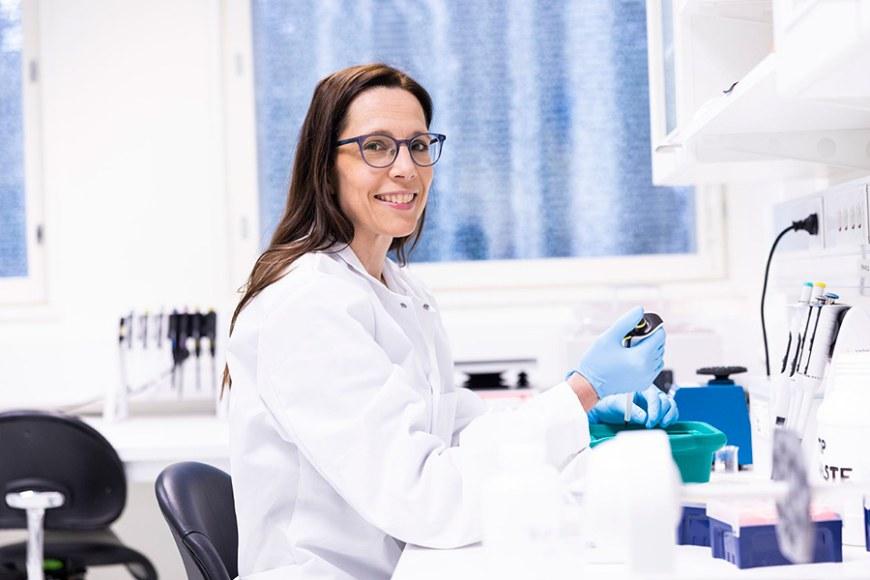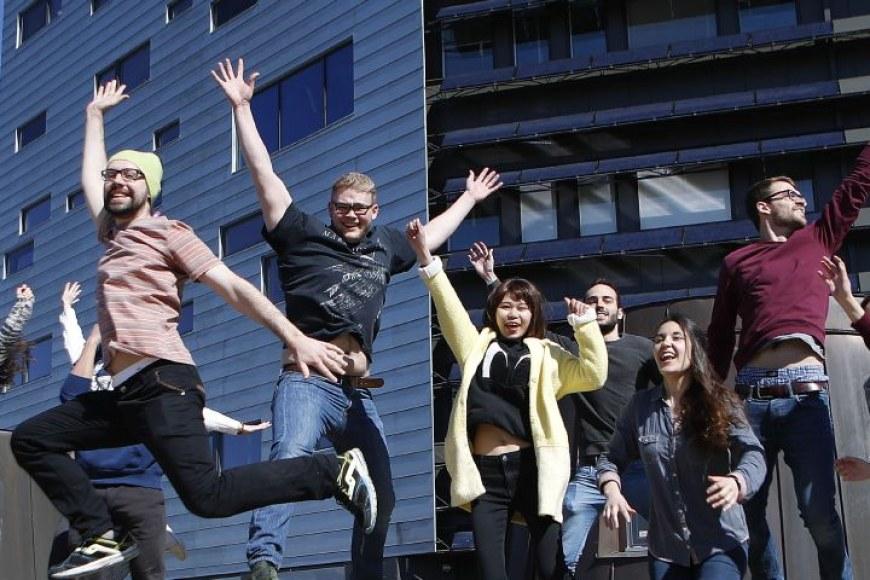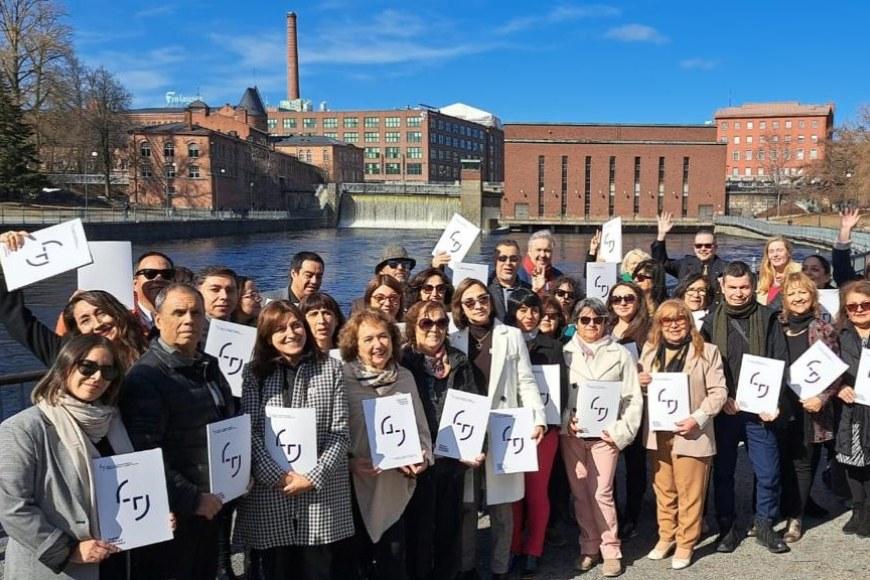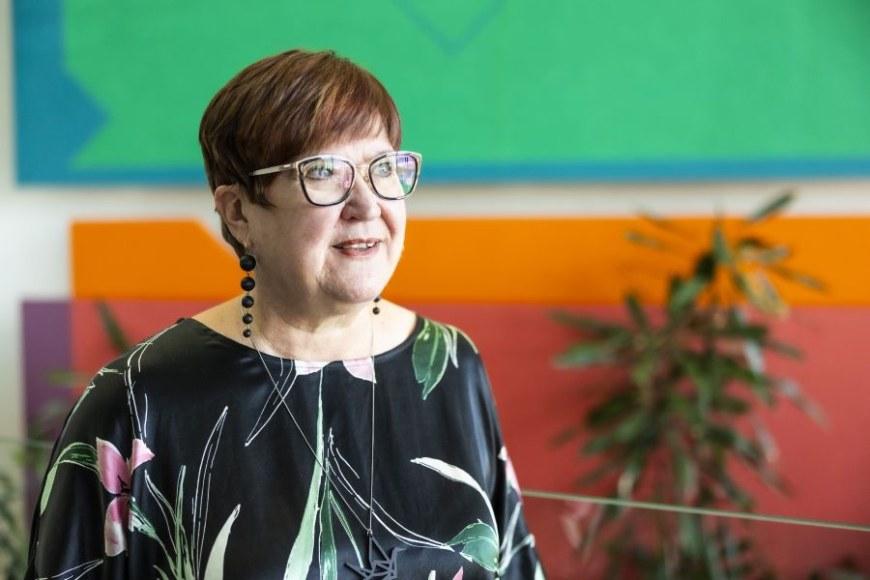Hybrid work suits us because it is a key to task-specific flexibility
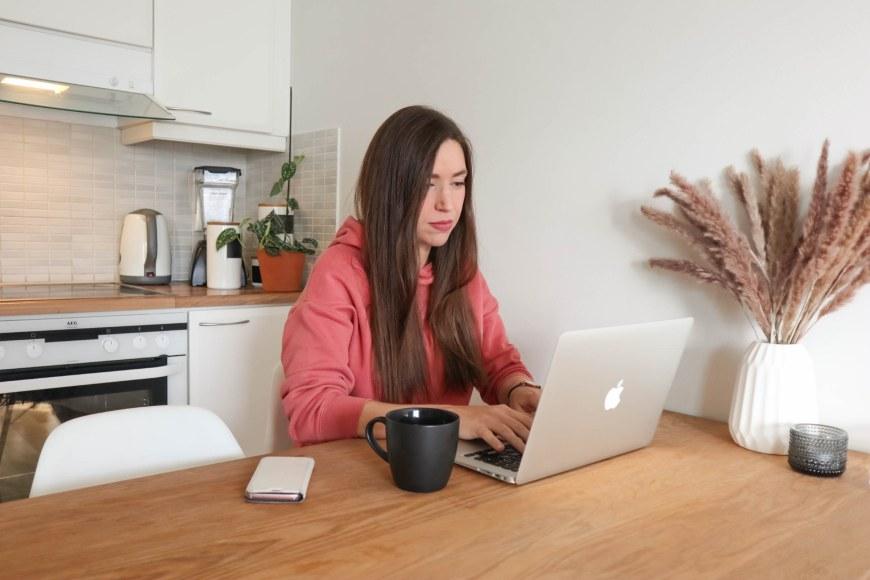
According to TAMK's practice, a combination of in-office work and remote work needs to be considered based on duties and related rules need to be discussed and agreed on in teams. Clear remote and hybrid work practices and guidelines improve the functioning of the work community and enable smooth working.
Finnish Institute of Occupational Health carries out research, what do TAMK members say
The Finnish Institute of Occupational Health’s recent research project “How is Finland doing?” reveals that 18-65-year-old Finnish employees feel best in hybrid work. How does this sound?
“It is easy to believe that a combination of in-office and remote work suits most people if possible due to the nature of the work. From the viewpoint of leadership, it is known that the possibility to influence personal work is an important occupational wellbeing factor. To be able to work in the place where it is easiest to achieve work-related objectives is one way of influencing,” states Head of Competence Area Mira Grönvall from TAMK’s School of Industrial Engineering.
Senior Lecturer Maiju Ketko from TAMK’s Learning and Wellbeing Services appreciates that she can plan in-office and remote days based on her work tasks.
“It is good that it is possible to plan and work on materials, guidelines and reports remotely.”
“Most of my work is teaching and supervision and thus I try to think the matter from students’ viewpoint. I offer supervision times at TAMK from Monday to Thursday. Remote supervision on Teams is available on Fridays because I have noticed that blended learning students living further away often suggest remote meetings for Fridays.”
Senior Specialist in External Funding Perttu Heino thinks that everything that calls for concentration, such as writing of funding applications, familiarisation with funding programmes, listening to info sessions, follow-up and evaluation of ongoing projects, writing of articles and preparation of slide shows, is suitable for remote work.
Heino is probably one of the remote work pioneers at TAMK.
"I already did multi-location work earlier but outside home: at TAMK and the university campus, in hotels, airports, trains, cafes and so on. Now I like working at home when it suits my work tasks."
Campus is a valuable environment in many ways
Everything does not work remotely. Mira Grönvall sums up the matter as follows:
“Working on campus generates value when the environment offers something that is not available elsewhere. An example are laboratory environments for degree programmes – they offer learning possibilities which we cannot organise remotely or which do not enable the same competence level remotely.”
“Simultaneous attendance enables encounters which often generate something not planned in advance. People network, have new ideas and exchange information during spontaneous encounters. They consider work-related challenges, pass on tacit knowledge or catch up. Encounters are particularly important for occupational wellbeing of people who have high need for social contacts.”
Planning Officer Hilla Ristimäki from TAMK’s Student Recruitment Services is of the same opinion.
“It is easier to share ideas on campus. Our duties often call for discussion. When the week is cut in half – two or three days on campus and the rest remotely – it is possible to have energy from both.”
Students returned but not to the old normal
“The campus days and meetings have an important role in working and building of team spirit. In addition to joyful encounters and catching up, many work tasks can also be handled faster that way,” says student union Tamko’s Expert of Educational and Social Affairs Hannastiina Ruismäki.
Autumn 2022 will go down in history for return to the normal in student life. The combination of independent online studies and contact teaching was also used earlier. Is there anything new in it for students?
“We did not actually return back to the old normal but have now more flexible remote and hybrid possibilities than before the COVID-19 pandemic,” states Ruismäki.
“Students have thanked for the return to campus but there are also students who still hope for remote study possibilities.”
How to find the right balance?
The balance between remote and in-office work has been found well in schools, units and teams with a smooth information flow and open online calendars.
Mira Grönvall went through the benefits and possibilities of in-office and remote work with her team.
“The opinions were surprisingly clear and similar. It has thus been easy to agree on rules. I think it is essential that the objectives set for the work are achieved. We can evaluate it with feedbacks.”
“Some things have to be considered from the perspective of the community and as a whole. How much and what type of community do we want and need? What is the student experience like? These viewpoints can also be evaluated based on feedback and indicators,” states Grönvall.
More information
“How is Finland doing?” (The Finnish Institute of Occupational Health)/"Miten Suomi voi" survey (Työterveyslaitos)
Article: Leena Stenman
Picture: Dimitra Panopoulou-Huovila
